ONCE UPON A TIME
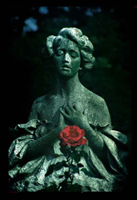
The first Beauty and the Beast treatments were very serious. Well, it’s a serious original story. There is nothing funny about a beast. I always compared it to Snow White and the Seven Dwarfs where you have the serious part with the witch and the dwarfs for comic relief. In Beauty and the Beast , we wanted to do it in a similar way, with the enchanted objects in the castle. But when I heard for the first time that the plan was to change it into a musical, I was shocked. It’s difficult for Europeans to understand how these ideas come up in the New World. We are very serious and would never even think about such an insult. I made jokes about a singing beast.
However, I was wrong. It worked. In addition, I must admit, I even like the music — which I cannot say about the look and some of the animation!
And, it started a new era in animation, with the following musicals: Aladdin, The Lion King, The Hunchback Of Notre Dame, Pocahontas and Hercules. Even in Mulan there is a lot of singing. And Beauty and the Beast was the beginning of the Golden Nineties in animation. I am happy I had a chance to be part of it.

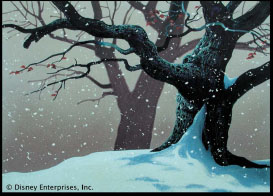
In 1989, Disney started another London “adventure.” Probably after the good experience with the European artists in London who worked on Roger Rabbit Disney chose Dick and Jill Purdum as the directors for a new adaptation of Beauty and the Beast. Dick and Jill had an animation commercial studio in the West End. Their own work commitments did not allow them to leave London immediately to work on the project in Los Angeles, so they all decided to move some of the Disney artists for a few months to London to work on a story-reel of the project. There was Don Hahn, the producer; Andreas Deja and Glen Keane from animation; Tom Sito from story; Jean Gilmore from visual development; Derek Gogol from London, production design; Michael Dudoc du Witt, from storyboard; and me for storyboard and design.
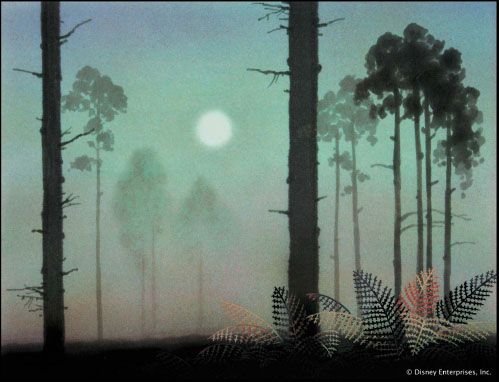
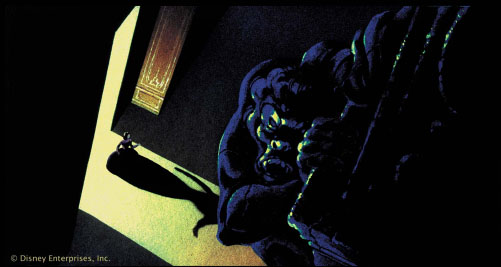
We all worked in the Purdum studio during early fall of 1989. I will always keep these weeks in my memory as one of the best work experiences, to be in such a creative environment with all these high caliber artists and especially with Dick and Jill as the “parents” of the project, and Don Hahn with his unmatched humor.
We were all so committed that we worked 14 to 16 hours a day. At that time I remember that I did not see anything of London. We just worked like crazy. And we finished a story reel in color in a very short time, about 50 minutes long. The First Act: It was not a typical Disney movie, more a European version. But we all believed in it.
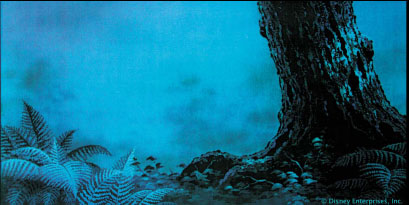
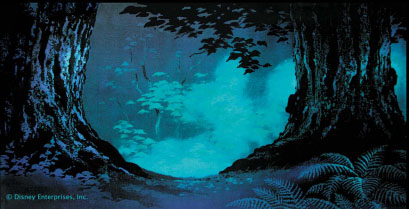
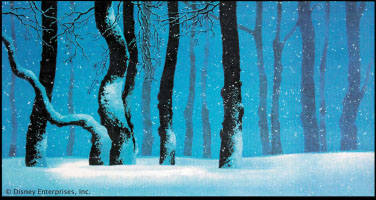
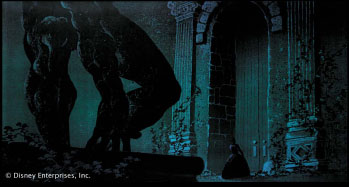

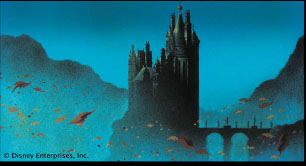
Well, they didn’t in LA, and since they felt so bad to throw all our work in the trash, they decided to send us to the Loire area in France, where Beauty and the Beast could have happened in one of these beautiful castles. Our trip lasted 4 days, maybe 20 castles, and lots of driving, even more historic stories from “historian” Tom Sito, and so much fun. We were a family. That never happened again in my whole career. I felt so much at home. All the others did as well. We had good French food and even better wine. Of course nobody understood that some Germans liked sweetbread, horse steak and Bambi filet. From then on, they looked at me as the barbarian.

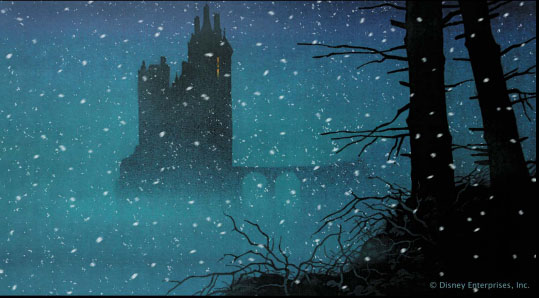
That reference trip could have created an incredible looking movie. We shot thousands of pictures, video, and did tons of sketches. Unfortunately, later in the movie it was decided not to use any of the reference and to do just another generic-looking Disney movie. Anyway, the good memories stay!

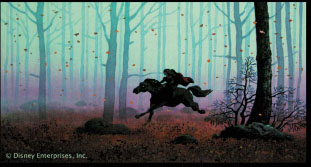
As you might notice, the very first designs I did for Beauty and the Beast very much shows the European influence. I wanted the village to look like a real medieval village. I always admired the architecture and look of the German silent movies Der Golem and Faust and some of the Siegfried forest scenes in Die Nibelungen. My approach was a bit influenced as well by movies that had just been released at the time: Amadeus and Dangerous Liaisons. And of course I used the painters of that time, Fragonard and Watteau, for inspiration.



SOME GRAPHS
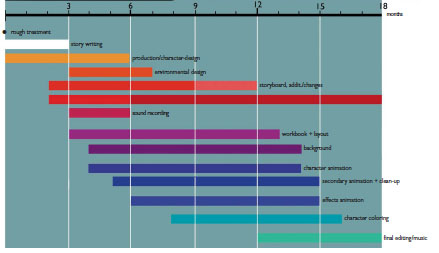
1. rough leica-reel
2. define leica-reel after sound rec.
3. exchange of elements in leica-reel rough anim/clean-up/colour
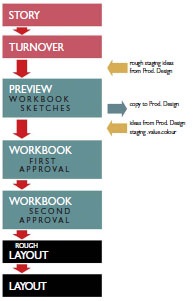
I am not a producer, so please don’t take these graphs as the guidelines to produce an animated feature film. They are based on my experience through some productions and on talks with producers, especially Don Hahn.
Back in the late eighties when I was planning my own feature film, he gave me a crash-course, a four-hour lecture in producing an animated movie. I will never forget that Saturday morning. Afterwards, I had a headache for the whole weekend.
The only basic thing to understand is that everything on a film production happens overlapping in very carefully timed steps.
As you might have thought, the script comes first. But storyboarding goes on for a while. I even had experiences in which boards were still being redone during the last months of production. That is not a very economical way to work
Checking my memories, I recall one production where we began animating somewhere in Act 2 because the opening was not yet finished. Not to mention not knowing how the whole thing would end! This is expensive because you might have to change or cut whole animated sequences when finally your story is complete, or, for example, when your hero is not a girl anymore, but a boy!
Another thing that can happen is that a small story detail that is very important for the ending has to be introduced in the beginning. Imagine if, late in production it is decided that the best idea to solve the ending is for the hero to use his or her “magic” sword. The sword has to be found during the first act and then carried visibly throughout the following sequences. Too bad it has to be added in that case into finished animated scenes. All that really happened — don’t laugh. It is tragic!
There is a solution — start with a complete story! And don’t change it. If a script is crap it should be finalized before you start to spend money. But I might think too logically. Maybe the real movies are done differently.
As for production time, I chose eighteen months because it always seemed to be the ideal length. The total length of time including preproduction can be much longer. I worked on Mulan for nearly five years. Sleeping Beauty took nine years to finish. On the other hand, Joe Grant told me that Cinderella was ready for release in nine months! Apparently, they knew pretty well what they needed to do. And they had an incredible experience at the time as a team.
